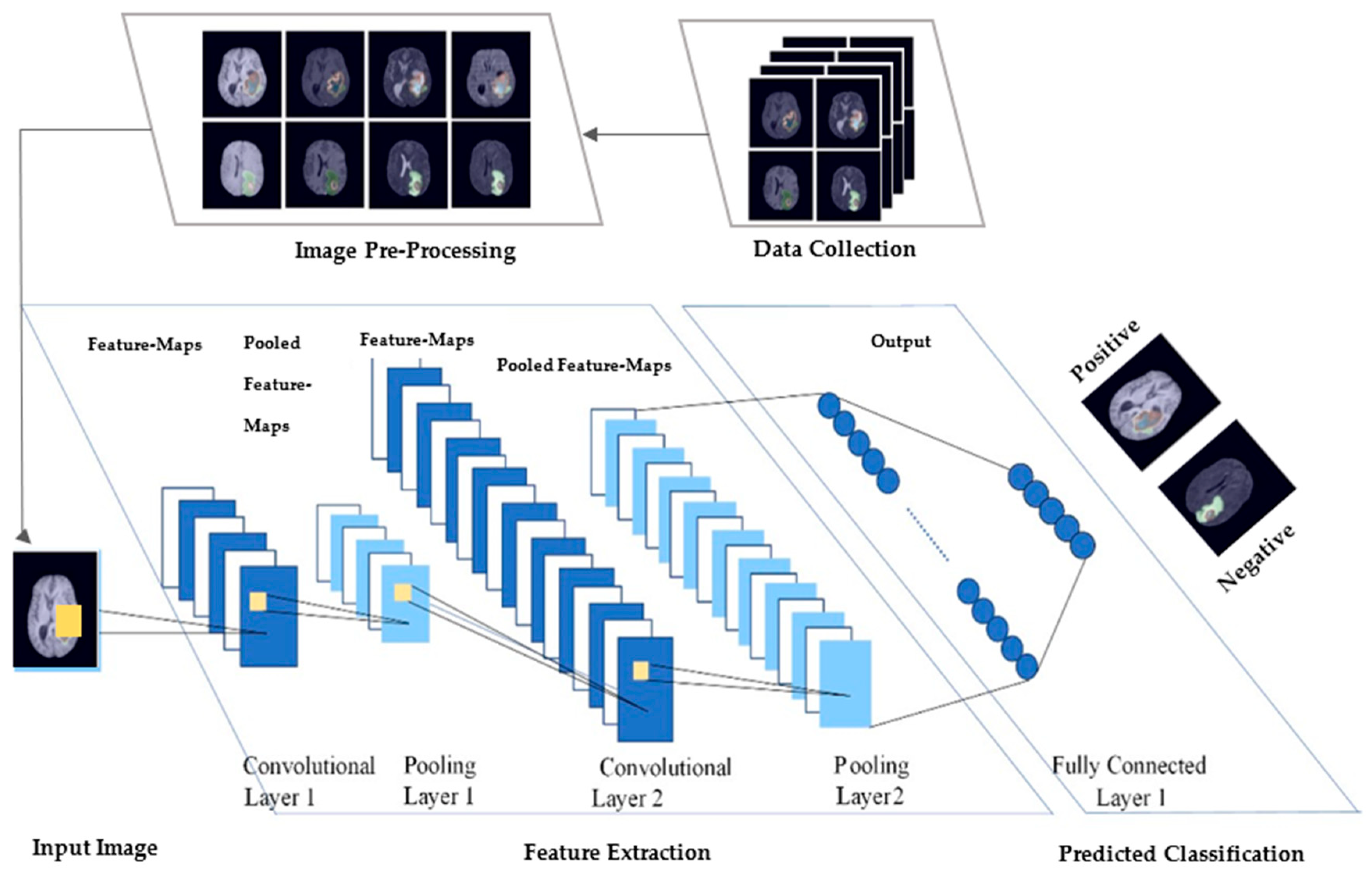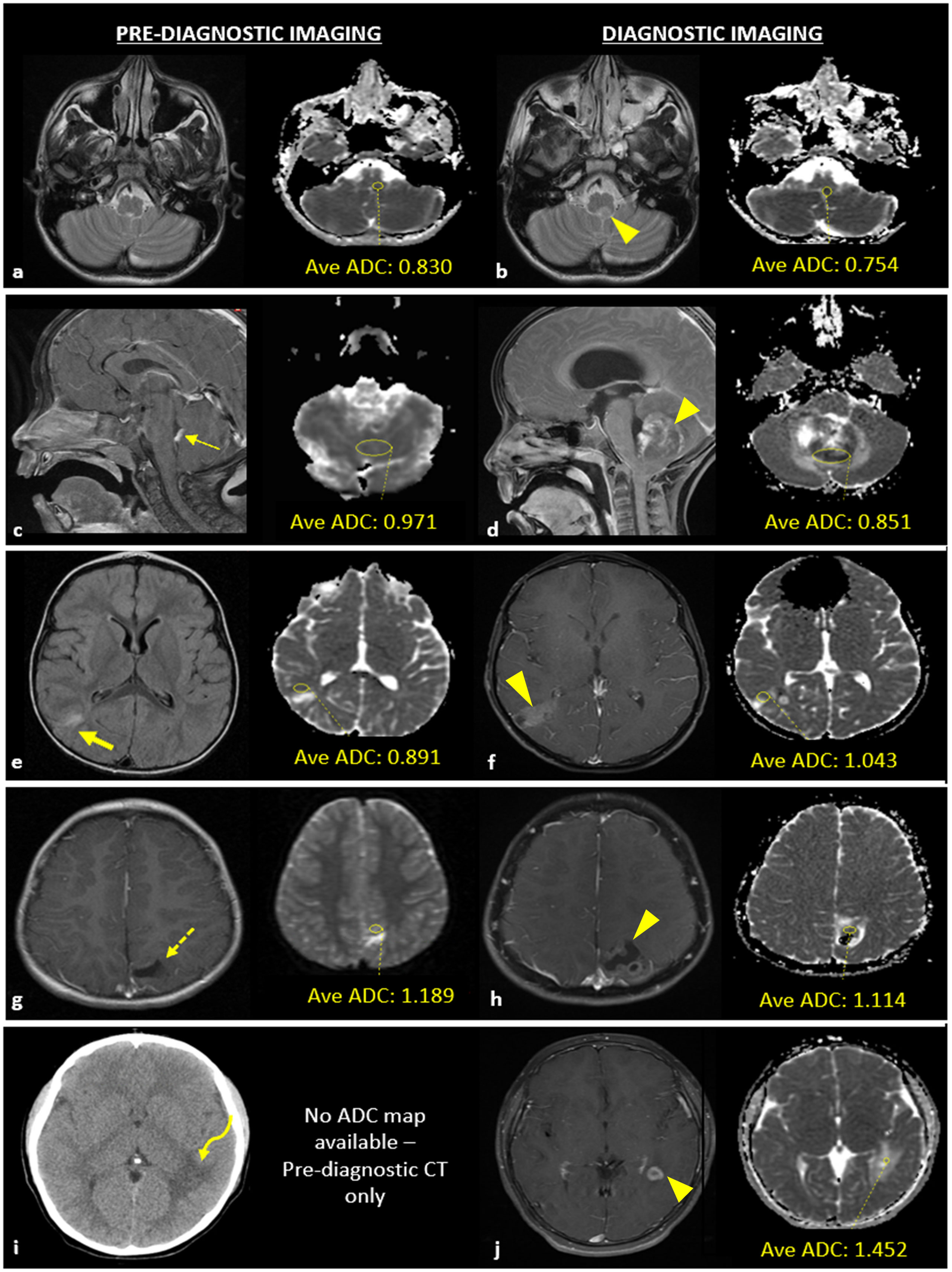
The U.S. innovation system stands as a global benchmark for creativity and advancement, particularly in the fields of science and technology. Historically rooted in initiatives that began during World War II, this dynamic ecosystem has evolved through a robust partnership between federal funding research and the private sector. The collaboration has spurred biomedical advancements that have transformed healthcare industries and improved public health outcomes across the nation. As a cornerstone of economic growth technology, this carefully nurtured environment encourages continuous exploration and discovery, ensuring that innovative ideas flourish. The ongoing support for research initiatives illustrates the importance of public-private partnerships, crucial for sustaining the U.S. innovation system well into the future.
The American scientific advancement framework is widely recognized for its unique structure and effectiveness, particularly in fostering breakthroughs in various sectors. This integral system is characterized by synergistic relationships between government bodies, private businesses, and academic institutions, all of which contribute to ongoing technological evolution. Tracing its roots back to historical innovations in the United States, particularly those that arose during wartime efforts, these collaborations have become essential in propelling significant progress in fields such as biomedicine. By leveraging federal funding, this framework not only empowers researchers but also fuels economic development, positioning the country as a leader in global innovation. As we delve into the intricacies of this ecosystem, it becomes clear that its success hinges upon the seamless integration of diverse stakeholders committed to advancing technologies and solving pressing challenges.
The Historical Foundations of U.S. Innovation
The U.S. innovation system has deep roots that can be traced back to World War II, a pivotal time in American history when the federal government began to play an active role in research and technology development. During this era, the urgency of military needs prompted a collaborative approach between the federal government, universities, and private industry. The establishment of organizations like the Office of Scientific Research and Development (OSRD) was crucial, as it coordinated wartime research efforts and laid the groundwork for future public-private partnerships. Such collaborations proved to be instrumental in fostering innovations in numerous fields, especially biomedicine, which have had lasting impacts on both military and civilian health outcomes.
Many historical innovations in the USA, such as the mass production of penicillin, exemplify the success of this collaboration. Without the focused research aimed at meeting wartime health challenges, the significant therapeutic and antibiotic advancements that followed might have taken much longer to emerge. This synergistic ecosystem of public and private sectors cultivated a unique environment where experimentation thrived, ultimately establishing the U.S. as a global leader in biotechnology and healthcare advancements.
The collaboration sparked by World War II has set a precedent for how the U.S. innovation ecosystem operates today. Over the past 80 years, federal funding has continued to play an essential role in supporting academic research and enabling technological advancements. Such sustained investment has proven beneficial, not only for health sciences but also for economic growth technology, facilitating job creation and boosting the national economy. Moreover, the historical framework established during the war continues to inform contemporary discussions on optimizing federal funding for research, ensuring that America remains at the forefront of innovation.
Public-Private Partnerships in Innovation
Public-private partnerships have been the backbone of the U.S. innovation ecosystem, fostering an environment where research can thrive and lead to groundbreaking advancements. These collaborations allow for shared resources and risk-taking, driving innovation that benefits both parties involved. Federal funding is often the catalyst for these partnerships, providing the necessary financial support to universities and research institutions, thereby enabling them to engage in significant medical and technological projects. Over time, these collaborative efforts have yielded remarkable biomedical advancements, including new therapies and druggable targets that have improved patient outcomes.
As we examine the current landscape, it becomes clear how viable these partnerships are, particularly in the face of recent discussions regarding government budget cuts to research funding. The effectiveness of this symbiotic relationship is evident in the thriving biomedical industry, where private enterprises build on publicly funded research outcomes. Enhancing these partnerships will be vital for maintaining momentum and ensuring a pipeline of innovation, especially in light of the ongoing challenges presented by public health crises and emerging diseases. Therefore, fostering a supportive legislative environment that promotes such collaborations will be crucial for the future of the U.S. innovation system.
Also, there’s a growing recognition that collaboration is not solely about financial contributions but includes sharing expertise and technical know-how. When universities and private companies work side-by-side, they transfer knowledge, pushing the boundaries of traditional research paradigms—leading to innovative solutions that address real-world challenges. The successful outcomes from these collaborations underscore them as models for other nations striving for economic growth technology.
Investment in Biomedical Research: A Catalyst for Growth
Investment in biomedical research is a critical cornerstone of the U.S. innovation system, fueling advancements in healthcare and related technologies. The direct correlation between federal funding and successful research initiatives reveals the importance of sustained investment to foster breakthroughs. Historically, the federal government has played an active role in funding R&D; this investment is not only about developing new treatments but also enhances the nation’s overall economic health by promoting high-tech job creation and long-term economic growth. The commitment to R&D funding ensures that the U.S. remains at the forefront of scientific discovery, establishing performance benchmarks worldwide.
The impact of effective biomedical research investment can be observed through the dramatic improvements in health outcomes for millions of Americans. Advances in areas such as personalized medicine, gene therapy, and vaccine development can be directly traced to a framework that emphasized collaborative support and interdisciplinary research. Consequently, science and technology have become critical levers in economic growth, responding to emerging public health needs through innovative solutions that often originate from research conducted in public-private partnerships. The ongoing investment in this domain is paramount, as it catalyzes economic growth and facilitates public health advancements vital for enhancing quality of life.
The Role of Federal Funding in Innovation
Federal funding remains a linchpin in the U.S. innovation ecosystem, serving as the primary financial driver for research and development initiatives across various sectors. Particularly in biomedicine, government funding has been integral to scholarship dissemination and the establishment of high-impact studies. With the potential for cuts in funding continuously surfacing in policy discussions, the implications of these reductions could be dire, negatively affecting not just research outputs but the broader landscape of technology transfer and commercialization. Ensuring that robust funding channels are maintained is imperative for sustaining innovation momentum.
Continuing to support federal funding for research efforts can also help build a more resilient economic landscape. By fostering academic institutions and private enterprises through financial assistance, the government cultivates environments ripe for breakthroughs, allowing for substantial medical advancements and technology penetration into the economy. Public opinions on funding may vary, but the collective evidence underscores its importance in nurturing continued innovation. A solid commitment from federal agencies to navigate challenges around research funding is essential to ensuring the U.S. maintains its leading position in the global innovation landscape.
Economic Growth and Technological Advancements Intertwined
The interplay between economic growth and technological advancements is a central theme of the U.S. innovation ecosystem, underscoring how progress in one area creates opportunities in the other. Growing industries in healthcare, biotechnology, and information technology not only contribute significantly to GDP but also create high-quality jobs, thus driving economic expansion. Advances in these sectors often stem from research collaborations, demonstrating that innovation is both a catalyst for and a result of economic growth. University research, spurred by federal funding, has laid down the groundwork for these commercial successes.
However, for this cycle of growth to continue thriving, stakeholders must focus on preserving and enhancing the U.S. commitment to R&D investments. The notable impact of investments in biomedical advancements, for instance, has brought tremendous returns in terms of national productivity and economic resilience. Government and private sector players must work together to cultivate an ecosystem that bridges academic research with commercial applications, encouraging a virtuous cycle of innovation that not only meets current societal needs but also anticipates future demands.
Historical Innovations in the USA That Shaped Today’s Economy
An examination of the United States’ historical innovations reveals a continuum of transformative developments that have significantly influenced the current economic landscape. From the mass production of penicillin during World War II to the burgeoning field of biotechnological applications today, these innovations have been a result of a committed collaboration between public research funding and private sector development. By analyzing the trajectory of these innovations, we see that each has built upon the last, creating a robust foundation for novel discoveries that impact numerous industries and societal functions. The antibiotic revolution, in particular, paved the way for countless medical therapies that continue to save lives today.
Moreover, understanding the historical context of these innovations illustrates how essential it is for the current and future U.S. innovation system to preserve its roots while embracing new challenges. As we navigate the complexities of modern health demands and economic scenarios, learning from past innovations can guide strategic decisions on funding allocation, prioritization of research areas, and partnerships between government and private entities. The wealth of experiences gained from historical context serves as a model for how to stimulate innovation effectively while addressing contemporary socio-economic issues in the U.S.
Future Perspectives on the U.S. Innovation System
Looking to the future, the U.S. innovation system must adapt to a rapidly changing global landscape that presents both challenges and opportunities for growth. The integration of artificial intelligence, data analytics, and advanced molecular biology signifies a shift towards more interdisciplinary approaches in research and development. To seize these opportunities, the existing partnerships between public and private sectors must be strengthened, ensuring that innovation remains a priority in national policy agendas. By prioritizing strategic investments in science and technology, the U.S. can maintain its competitive edge in the global market.
Moreover, embracing flexibility in research funding models can allow for the exploration of new ideas that address pressing health and economic issues. Continuous investment in emerging fields and fostering a culture of innovation within academia and industry will be crucial for the resilience of the U.S. economy. By harnessing the synergistic potential of public-private partnerships and leveraging the lessons learned from historical innovations, the U.S. innovation system can not only adapt to future challenges but can also lead in pioneering solutions that improve global health outcomes.
Strengthening Federal Research Policies for Innovation Advancement
Strengthening federal research policies has significant implications for enhancing innovation in the U.S. biotechnology sector. Particularly in light of evolving global health challenges and demographic shifts, reforming R&D funding structures to allocate resources more effectively can lead to breakthroughs that align with current needs. Establishing more robust mechanisms for allocating federal funds—such as competitive grants that prioritize impactful research—can stimulate performance among research institutions and spur uncharted discoveries. Collaboration between federal entities, private sector investors, and academic institutions is paramount for shaping policies that facilitate sustained innovation.
Engagement from stakeholders across all levels is essential to ensure that federal research policies are both effective and equitable. This can involve incorporating feedback from entities involved in the innovation process to design funding schemes that encourage collaboration, knowledge transfer, and practical application. Many of the U.S.’s historical innovations have stemmed from adaptive policies and responsive strategies that have nurtured a conducive environment for research and development, leading to advancements yielding significant societal benefits. By prioritizing policy frameworks that support collaborative innovation efforts, the U.S. can continue to be a frontrunner in global research and technological advancements.
Ensuring Sustainable Innovation Through Education and Training
In addition to direct research funding, education and training serve critical roles in ensuring the sustainability of the U.S. innovation system. Preparing the next generation of scientists and engineers requires a strong commitment to training across all stages of academic development. By investing in educational programs that encourage inquiry, critical thinking, and interdisciplinary learning, the U.S. can cultivate a workforce equipped to tackle modern challenges in science and technology. Recent trends show a growing integration of research initiatives within curriculum, enabling students to garner hands-on experience alongside theoretical frameworks, which further enhances their readiness to contribute to innovation.
Furthermore, as the landscape of technological advancements changes rapidly, continuous professional development should be encouraged. Industries and academic institutions alike need to ensure that professionals have opportunities for re-skilling and up-skilling in response to new findings and emerging tools. Long-term commitment to education and research training circuits the way for ongoing biomedical advancements and other technological innovations, creating a robust pipeline of talent necessary to sustain the U.S. economic growth and maintain global competitiveness. Investing in education catalyzes innovation—bolstering the interconnected themes of health, economy, and progress moving forward.
Frequently Asked Questions
What role does federal funding play in the U.S. innovation system?
Federal funding is crucial to the U.S. innovation system as it supports academic research and stimulates private development. This financial backing has propelled significant advancements in medicine and technology, forming a backbone for public-private partnerships that have led to groundbreaking discoveries such as those seen during and after World War II.
How have public-private partnerships influenced biomedical advancements in the U.S. innovation system?
Public-private partnerships are integral to the U.S. innovation system, particularly in biomedicine. These collaborations, rooted in historical efforts like the development of penicillin during World War II, leverage resources and expertise from both government entities and private firms, fostering an environment that accelerates drug discovery and medical innovation.
Can you explain the historical innovations in the U.S. that laid the foundation for today’s innovation ecosystem?
The U.S. innovation system evolved significantly from World War II, where government-supported initiatives like the Office of Scientific Research and Development (OSRD) catalyzed technological advancements. This historical context established a framework of collaboration between academia, industries, and federal agencies, leading to remarkable innovations and setting the stage for future breakthroughs in various fields, especially in biomedicine.
What are the economic impacts of technology growth facilitated by the U.S. innovation system?
The U.S. innovation system has significantly contributed to economic growth by fostering technological advancements that lead to job creation, improved healthcare solutions, and greater efficiency across industries. The successful collaboration of federal funding, academia, and private enterprises has not only spurred innovation but also maintained the United States’ position as a global leader in technology and economic development.
How have recent federal funding changes affected the biomedical innovation system in the U.S.?
Recent proposals to cap federal reimbursement for indirect research costs threaten to disrupt the longstanding funding mechanisms that support the biomedical innovation system. Such changes could hinder public-private partnerships and slow the pace of medical advancements that have thrived under the current structure, potentially reducing the United States’ leadership in global biomedicine.
What are some examples of groundbreaking technologies resulting from the U.S. innovation system?
The U.S. innovation system has produced numerous groundbreaking technologies, including penicillin during World War II, which revolutionized medicine. Subsequent advancements in pharmaceuticals, medical devices, and digital health technologies illustrate the ongoing success of the public-private partnerships that have fostered an environment ripe for innovation in this field.
How did World War II influence the evolution of the U.S. innovation ecosystem?
World War II acted as a catalyst for the U.S. innovation ecosystem, necessitating rapid technological advancements and enhancing collaboration among federal agencies, academia, and industries. This period led to the establishment of crucial research institutions and funding structures, which have continuously evolved to support biomedical and technological progress.
What challenges does the U.S. innovation system face today, and how can they be addressed?
The U.S. innovation system faces challenges such as potential cuts to federal funding, increased bureaucratic control, and the need for more efficient collaboration between public and private sectors. Addressing these challenges requires robust policy reforms that protect existing funding structures while fostering innovation, particularly in the rapidly advancing biomedical field.
Why is the U.S. innovation system considered the envy of the world?
The U.S. innovation system is considered the envy of the world due to its historical and ongoing ability to foster groundbreaking research and technological advancements. Its robust framework of public-private partnerships, significant federal funding, and a focus on biomedical advancements have collectively produced transformative innovations that have global impact.
What impact do historical innovations have on current U.S. economic growth?
Historical innovations from the U.S. innovation system have provided a foundation for current economic growth by creating critical technologies and industries that drive productivity. The ongoing influence of past breakthroughs, particularly in healthcare and technology, continues to shape the economic landscape and enhance the nation’s competitive edge.
| Key Event | Description | Impact |
|---|---|---|
| World War II | Initiated government-supported research and collaboration between academia and industry. | Led to breakthroughs in medicine, including penicillin production. |
| Formation of OSRD | Established the Office of Scientific Research and Development to coordinate wartime research. | Enabled significant advancements in military and civilian medicine. |
| NR Fund Participation | Federal funding incentivized private sector engagement in R&D projects. | Facilitated technological innovations that fueled economic growth. |
| Long-term Impact Post-War | Set the stage for the golden age of drug development and scientific training. | Created a foundation for the U.S. biomedical innovation system still thriving today. |
Summary
The U.S. innovation system is a groundbreaking model admired worldwide. Tracing its roots back to World War II, it has evolved through public-private partnerships that have significantly advanced various technological and medical fields. The collaboration between the federal government and academia has not only supported military efficacy but has led to the healthcare advancements we benefit from today. This system continues to underpin the nation’s technological leadership, driving economic growth and global competitiveness. Preserving the integrity of this innovation ecosystem is crucial for maintaining its successes in the future.




